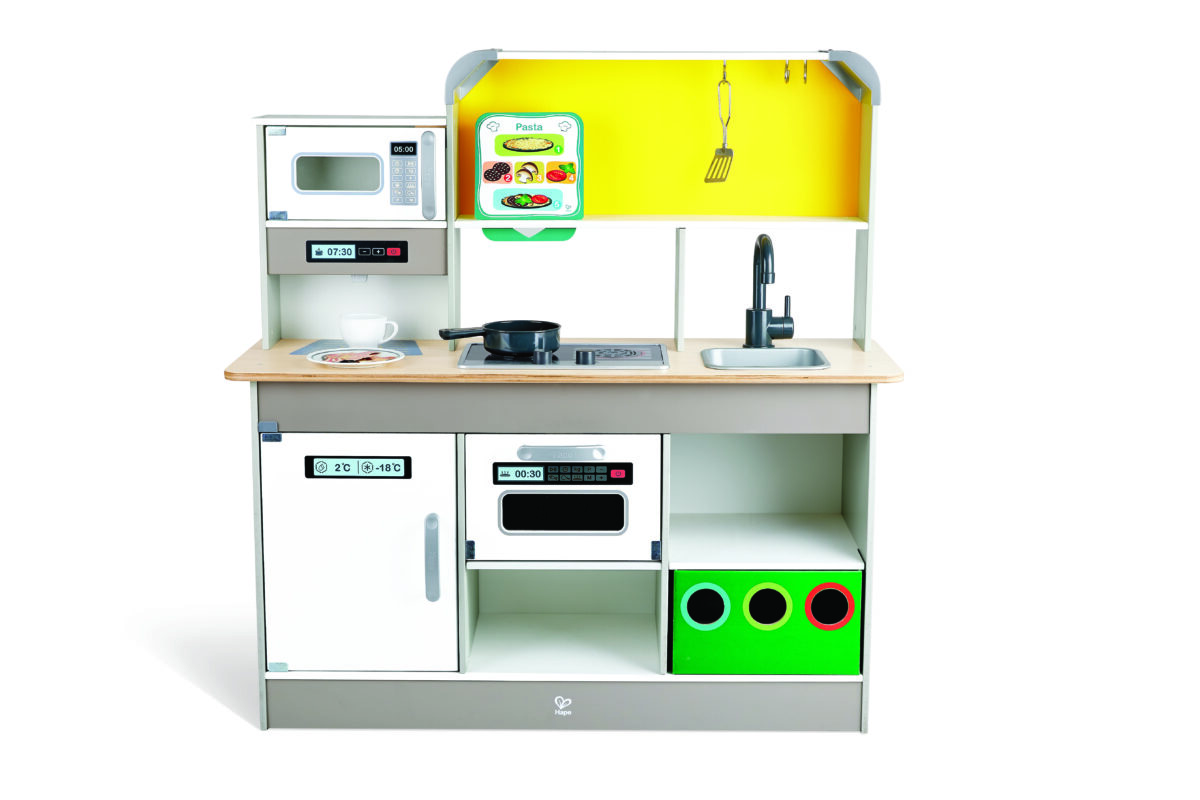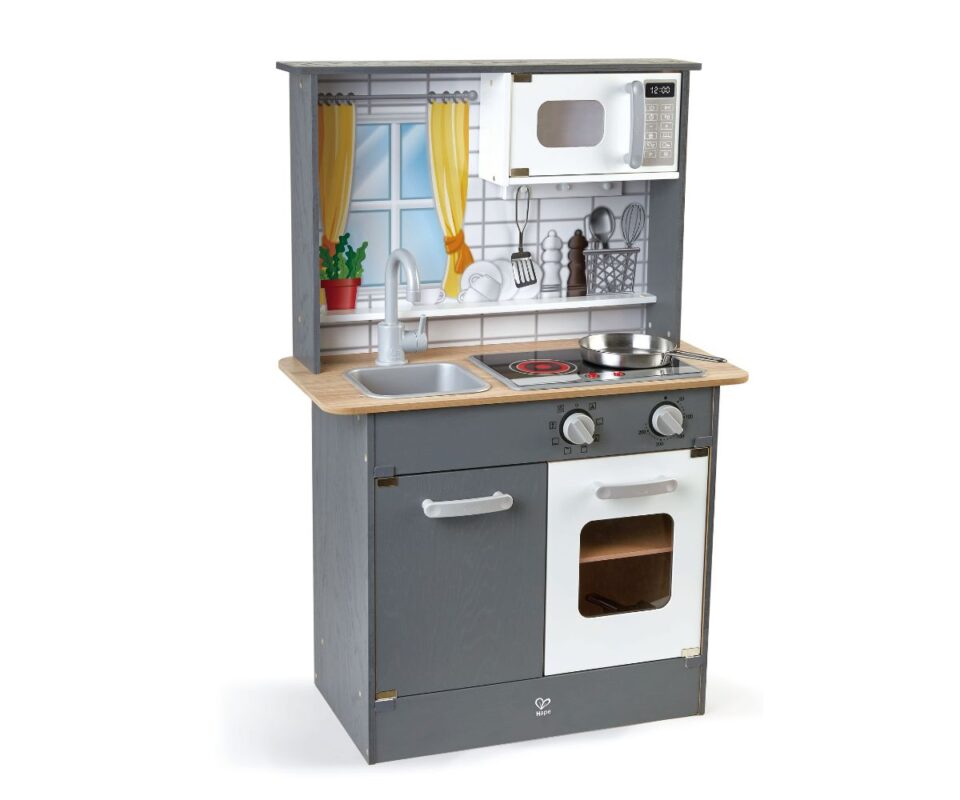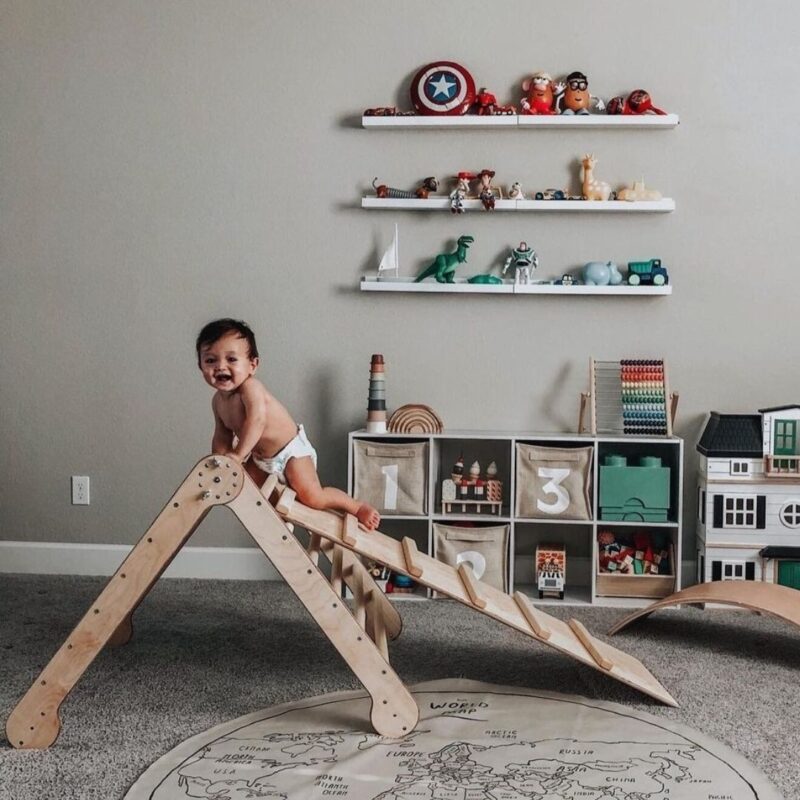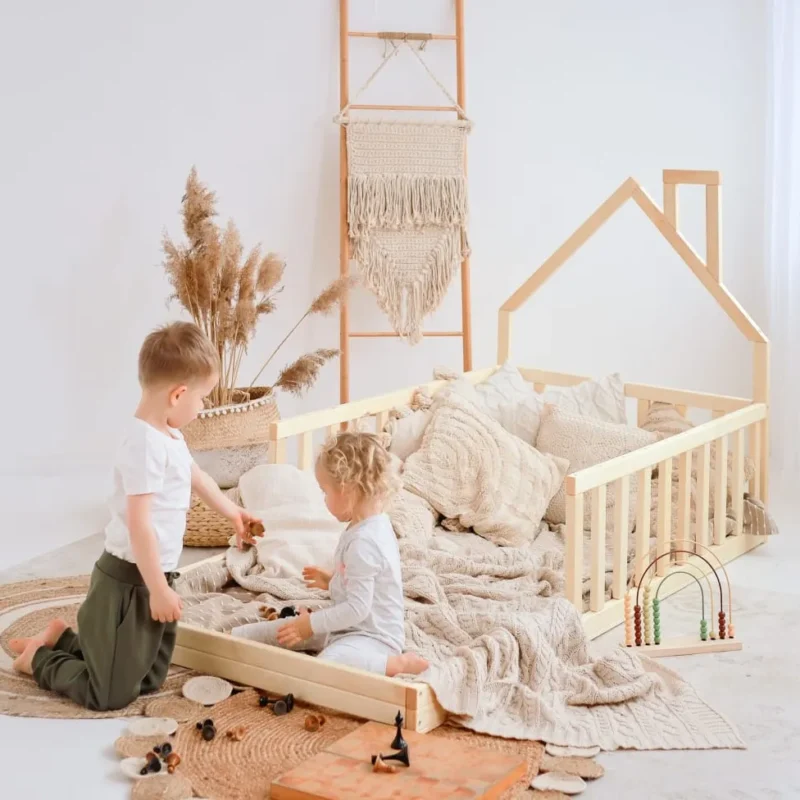Are you a parent looking to transform a space in your home into the ultimate playroom for your children? Designing and organizing a playroom that encourages creativity and learning can be an exciting and rewarding project. A well-designed playroom can provide a safe, fun, and educational environment for your kids. In this article, we will share tips and ideas to help you create the perfect playroom that fosters creativity and learning.
1. Select the Right Space
The first step in creating a perfect playroom is choosing the right location. It should be a space that is easily accessible, safe, and free from distractions. Consider converting a spare room, a corner of the living room, or even a basement, if available. Ensure the space is well-lit and well-ventilated.
2. Safety First
Childproofing is a top priority. Cover electrical outlets, secure heavy furniture to the wall, and use safety gates if needed. Choose non-toxic paints and materials to create a healthy environment. Keep small items and choking hazards out of reach and install soft padding on floors to prevent injuries during play.
3. Create Zones for Different Activities
Designate specific areas within the playroom for various activities. This can include a reading nook, an art corner, a building block area, and a space for imaginative play. Clearly defining these zones will help children stay organized and focused.
4. Involve Your Children in the Design
Empower your kids by involving them in the design process. Ask for their input on color choices, decorations, and the types of toys they’d like to have in the playroom. This not only makes the space more personalized but also fosters a sense of ownership and responsibility.
5. Choose Versatile Furniture
Invest in furniture that can adapt to your children’s changing needs. Multi-functional furniture like storage benches, adjustable tables, and modular shelving can make the space more versatile and organized. Choose child-sized furniture to make the playroom accessible and comfortable for little ones.
6. Organize with Storage Solutions
A well-organized playroom is key to maintaining a clutter-free and inviting space. Utilize storage solutions such as shelves, cubbies, toy bins, and baskets. Labeling containers with pictures or words can help children learn to tidy up independently.
7. Color and Decor
Use bright, cheerful colors to create a lively and stimulating environment. Consider a theme or a mural that reflects your child’s interests. Add educational posters, wall decals, and interactive elements that encourage learning through play.
8. Educational Toys and Materials
Include a wide variety of educational toys and materials that promote creativity and learning. These can include puzzles, board games, building blocks, art supplies, books, and educational apps or software.
9. Create a Reading Nook
A cozy reading nook with comfortable seating and a well-stocked bookshelf is a must for any playroom. Encourage a love of reading from a young age by making books easily accessible to your children.
10. Rotating Toys
To keep the playroom fresh and engaging, consider rotating toys. Store some toys away and periodically switch them out. This can reignite your child’s interest in forgotten toys and reduce clutter.
11. Interactive Technology
While technology should be used in moderation, there are educational apps and interactive devices that can enhance learning in the playroom. Ensure any technology is age-appropriate and monitored by adults.
12. Make Cleanup Easy
Teach your children the importance of cleaning up after playtime. Make it easy for them by having designated places for each type of toy and providing them with child-friendly cleaning tools.
13. Create a Gallery Wall
Display your child’s artwork and creations on a gallery wall. This not only boosts their self-esteem but also adds a personal touch to the playroom’s decor.
14. Comfortable Seating for Adults
Don’t forget to include comfortable seating for yourself or other caregivers. This allows you to spend quality time with your children, whether it’s reading a book or playing a game together.
15. Regularly Update and Refresh
Children’s interests evolve, so be prepared to update and refresh the playroom as they grow. Consider the changing needs of your child and adapt the space accordingly.
In conclusion, a well-designed and organized playroom can become a hub for creativity and learning in your home. By following these tips, you can create a space that fosters your child’s imagination and helps them develop essential skills in a safe and enjoyable environment. Remember that the perfect playroom is one that adapts to your child’s needs and interests, so stay flexible and open to change as your little ones continue to grow and explore the world around them.









